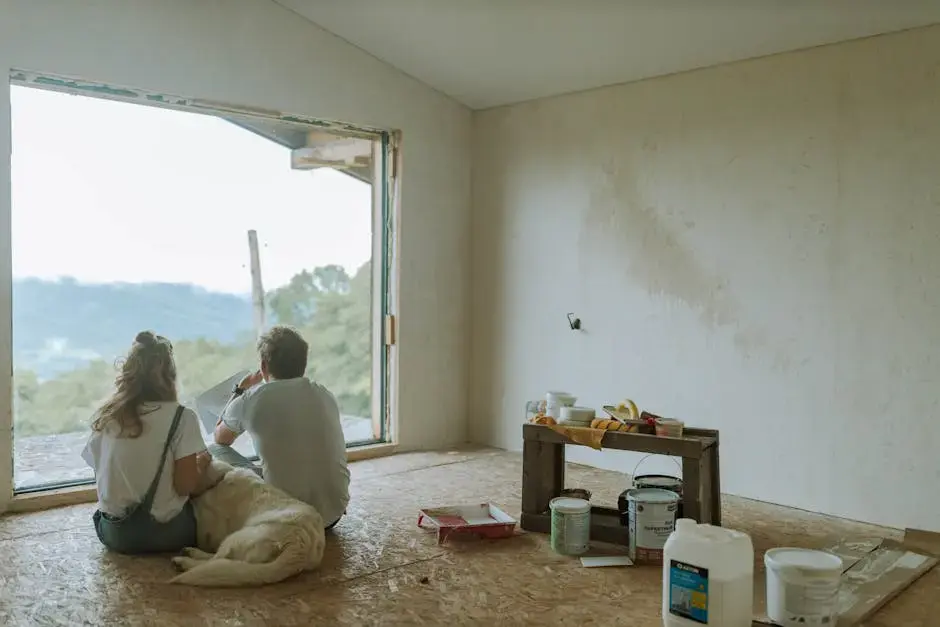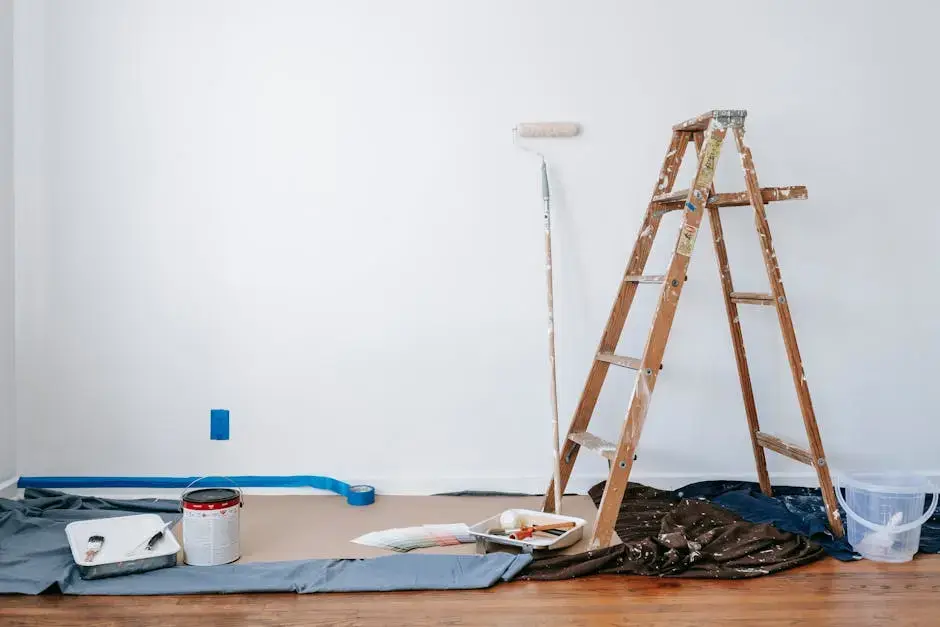Trendy or Classic Finishes? Which Drives Home Resale Value
- Kyle + Raquel

- Mar 20
- 4 min read
When it comes to home improvement and renovations, one of the biggest questions homeowners face is whether to choose trendy finishes or classic styles. This decision not only affects the aesthetics of your home but can also significantly impact its resale value. In this blog, we will explore the benefits and drawbacks of both approaches, helping you make an informed choice that aligns with your goals.

Understanding the Appeal of Trendy Finishes
Trendy finishes often reflect current styles and innovations, drawing buyers' attention. Whether it's a bold color palette or unique materials, these features can make a home stand out in listings.
However, it's important to navigate these trends with caution. Not every trend will resonate with potential buyers, and what's in vogue today may be out tomorrow. Therefore, when selecting trendy finishes, aim for those that complement the overall layout design of your space. This ensures that even if the trend fades, your home retains its intrinsic appeal.
For instance, integrating a splash of trendy tile in the kitchen or bath can invigorate these spaces without overwhelming the design. These pops of style can catch the eye while still allowing for a cohesive feel throughout your home.
Ultimately, the challenge is finding that sweet spot—where trendy designs breathe new life into your home without sacrificing future value. The balance between excitement and sustainability is a tightrope walk, but it can yield stunning results.
The Timelessness of Classic Design
Classic finishes provide a sense of tradition and reliability, appealing to a broader range of buyers. Features like hardwood floors, neutral colors, and classic cabinetry can make a home feel inviting and warm. But why does this type of design resonate so well with many?
The answer lies in the fact that classic finishes evoke a sense of permanence. They tell a story—a narrative of elegance that's never out of style. Consider the undeniable charm of a well-crafted wooden vanity or the seamless integration of classic subway tiles in a bathroom. These elements tell buyers that the home has been cared for and well thought-out.
Additionally, classic design often offers versatility. It pairs well with various décor styles—from farmhouse chic to urban sophistication—allowing for personal expression. This adaptability can be a huge selling point, as buyers are often imagining how they might infuse their own personality into your space while appreciating the classic foundations you've laid.
Moreover, classic finishes tend to hold their value over time, as they are less susceptible to the whims of changing design trends. Homeowners can feel confident in their investment, knowing that they've chosen finishes that will not only stand the test of time but also yield favorable returns when it comes time to sell.
Resale Value: What the Data Says
Market trends often dictate the impact of finishes on resale value. Research indicates that while trendy elements can initially attract buyers, classic finishes consistently yield better long-term value. Buyers are often looking for homes that require minimal customization, as many prefer to move into their new space without the need for immediate renovations.
A report from the National Association of Realtors found that homes with classic features sold for approximately 10-15% more than those laden with trends. This statistic shows clearly that long-lasting appeal and functional layouts drive buyer interest and, consequently, resale values.
Furthermore, specific renovations that lean towards classic designs—like a timeless kitchen remodel featuring white cabinetry and granite countertops—can yield returns exceeding 80% of the initial investment. In contrast, overly trendy designs may require more significant remodeling costs down the line, which can deter prospective buyers.
Understanding the data on resale value can help to guide your renovation decisions. Whether you lean towards trendy finishes or classic ones, it's essential to pinpoint what is appreciated in your market, empowering you to choose finishes that will forge a strong emotional connection with future buyers.
Personal Preferences vs. Market Trends
Deciding between trendy and classic finishes often comes down to your preferences versus market demands! Understanding what buyers in your area are looking for can help you strike the right balance. A good first step is researching recent sales in your neighborhood and noting common elements that high-demand listings share.
Your personal taste is a significant factor, but you shouldn't ignore the market context. The interplay between what you love and what buyers want can be the key to a successful renovation. Many homeowners tend to fall in love with a specific trend, but ideally, your choices should appeal to both your desires and prospective buyers’ expectations.
One effective strategy is to use classic finishes as a base and then sprinkle in trendy accents. For example, while a neutral wall color provides an appealing backdrop, consider experimenting with your kitchen backsplash or bathroom fixtures, incorporating colors or designs that appeal to contemporary sensibilities.
Ultimately, balance is crucial. You want a home that reflects your identity while also being market-savvy. Taking the time to evaluate local preferences can lead to thoughtful decisions rather than impulse choices that may not translate into value later.
Tips for Blending Trendy and Classic Elements
Consider incorporating small trendy touches within a classic framework. This blend can offer freshness without compromising the long-term appeal of your home. For instance, adding a vibrant, modern light fixture to a traditional dining room creates a conversation piece that feels current yet respects the room's integrity.
Another approach involves thoughtful contrasts. Mixing sleek, modern surfaces—like quartz countertops—with rustic elements such as reclaimed wood can create a dynamic aesthetic that appeals to a wider audience. This synergistic design not only showcases your creativity but also entices buyers looking for something different yet accessible.
If you're unsure how to integrate these styles, consider consulting a professional designer. They can provide guidance on how to showcase both trends and timelessness effectively. Designers often have a wealth of experience blending aesthetics, ensuring you achieve a seamless look that promotes clutter-free elegance.
Ultimately, the goal is to create spaces that feel harmonious. This not only enriches your daily living environment but also enriches the appeal of your home when it comes time to sell. As you carefully select elements to feature, focus on how they relate to both your life and that of future homeowners.

Finding the Right Balance
Ultimately, the choice between trendy and classic finishes should align with your personal style and resale goals. While trendy finishes can offer a modern touch, classic styles tend to stand the test of time. Consider your market, your audience, and the longevity of your choices to make the best decision for your home.






Comments